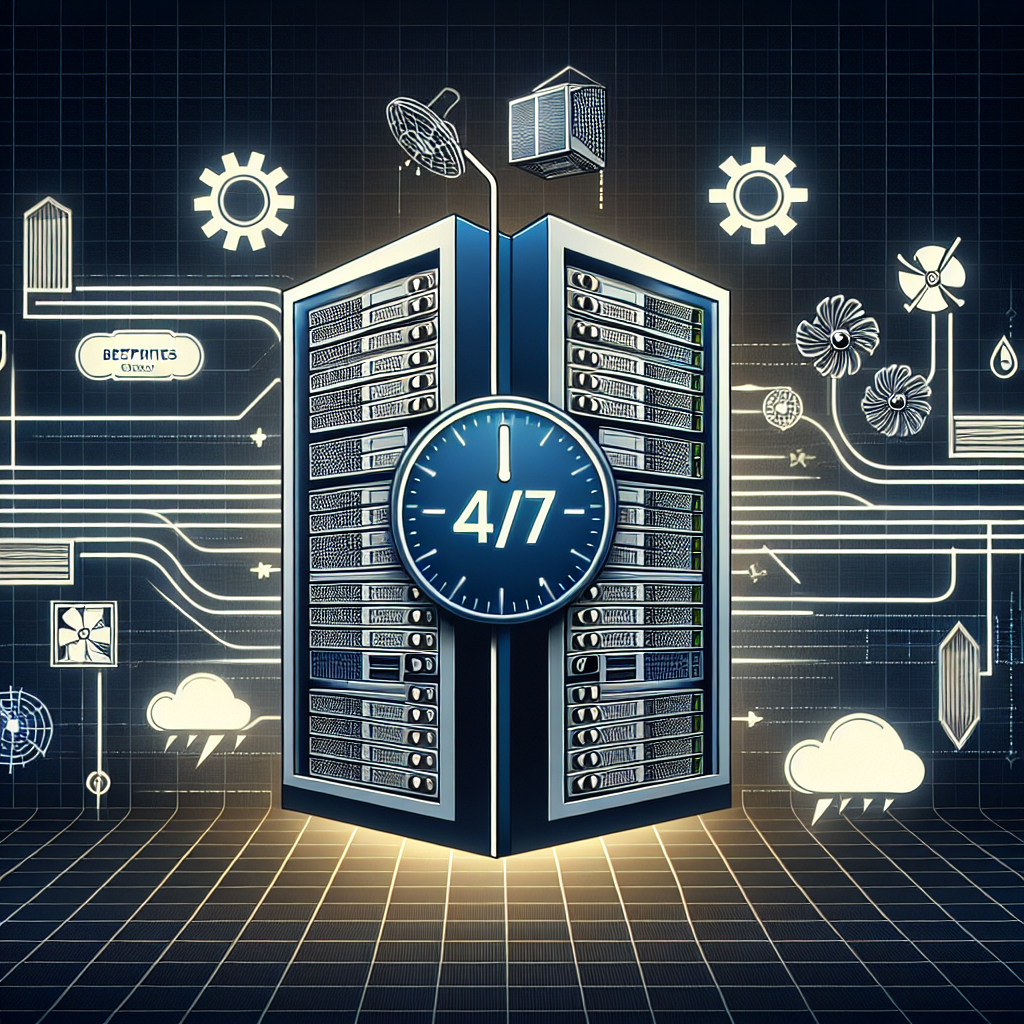Your cart is currently empty!
The Role of Redundancy in Data Center Uptime: Best Practices and Considerations

In today’s digital age, data centers play a crucial role in ensuring the smooth operation of businesses and organizations. These facilities house a vast amount of critical data and applications that are essential for daily operations. As such, ensuring maximum uptime and availability is of utmost importance.
One key aspect that contributes to data center uptime is redundancy. Redundancy refers to the duplication of critical components within the data center infrastructure to ensure that there are backup systems in place in case of failure. This redundancy helps to mitigate the risk of downtime and ensures that operations can continue smoothly even in the event of hardware failures or other issues.
There are several best practices and considerations to keep in mind when it comes to implementing redundancy in a data center:
1. Redundant Power Supplies: One of the most critical components to have redundancy for is the power supply. Implementing redundant power supplies ensures that there is a backup power source in case of a power outage or failure. This can be achieved through the use of uninterruptible power supply (UPS) systems, backup generators, and redundant power distribution units.
2. Redundant Network Connectivity: Another important aspect of redundancy is having redundant network connectivity. This ensures that there are multiple pathways for data to flow in and out of the data center, reducing the risk of network downtime. This can be achieved through the use of multiple internet service providers (ISPs), redundant network switches, and diverse network paths.
3. Redundant Cooling Systems: Maintaining optimal temperatures within the data center is crucial for the proper functioning of equipment. Implementing redundant cooling systems ensures that there are backup systems in place in case of a cooling system failure. This can be achieved through the use of redundant air conditioning units, chillers, and cooling towers.
4. Redundant Hardware: In addition to redundant power, network, and cooling systems, it is also important to have redundant hardware components in place. This includes redundant servers, storage devices, and other critical hardware components. Redundant hardware ensures that there are backup systems in place in case of hardware failures.
5. Regular Testing and Maintenance: Implementing redundancy is only half the battle. It is also crucial to regularly test and maintain redundant systems to ensure that they are functioning properly. Regular testing helps to identify any potential issues before they cause downtime, while regular maintenance helps to keep redundant systems in optimal condition.
In conclusion, redundancy plays a crucial role in data center uptime and availability. By implementing redundant power supplies, network connectivity, cooling systems, hardware components, and regular testing and maintenance, data center operators can ensure maximum uptime and mitigate the risk of downtime. By following best practices and considerations for redundancy, organizations can ensure that their data centers operate smoothly and efficiently, supporting their business operations.

Leave a Reply